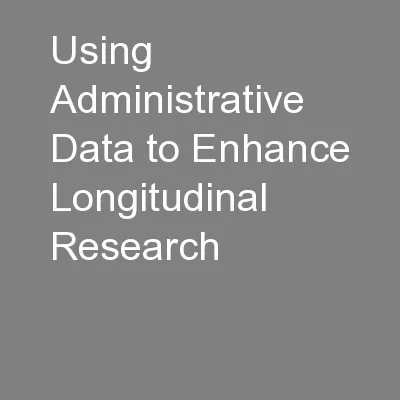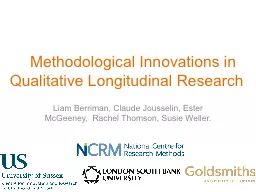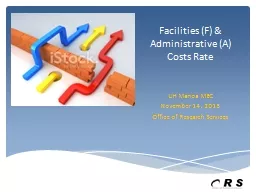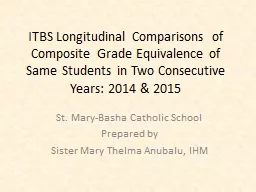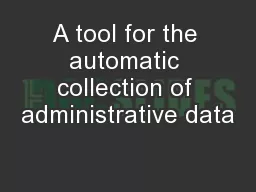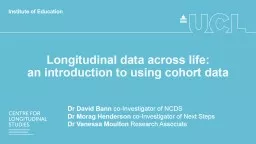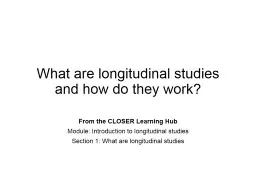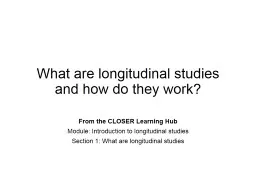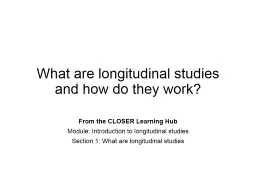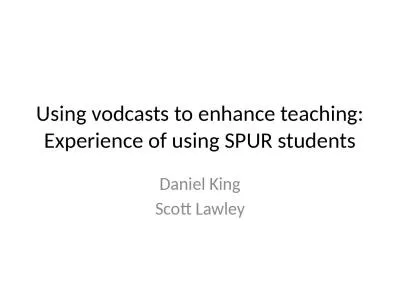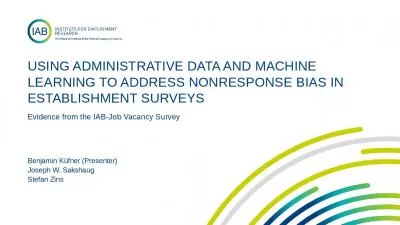PPT-Using Administrative Data to Enhance Longitudinal Research
Author : tatiana-dople | Published Date : 2016-05-25
Lorraine Dearden Director ADMIN Institute of Education Email ldeardenioeacuk NILS Research Forum Belfast 22 October 2010 Introduction In current economic climate
Presentation Embed Code
Download Presentation
Download Presentation The PPT/PDF document "Using Administrative Data to Enhance Lon..." is the property of its rightful owner. Permission is granted to download and print the materials on this website for personal, non-commercial use only, and to display it on your personal computer provided you do not modify the materials and that you retain all copyright notices contained in the materials. By downloading content from our website, you accept the terms of this agreement.
Using Administrative Data to Enhance Longitudinal Research: Transcript
Download Rules Of Document
"Using Administrative Data to Enhance Longitudinal Research"The content belongs to its owner. You may download and print it for personal use, without modification, and keep all copyright notices. By downloading, you agree to these terms.
Related Documents

